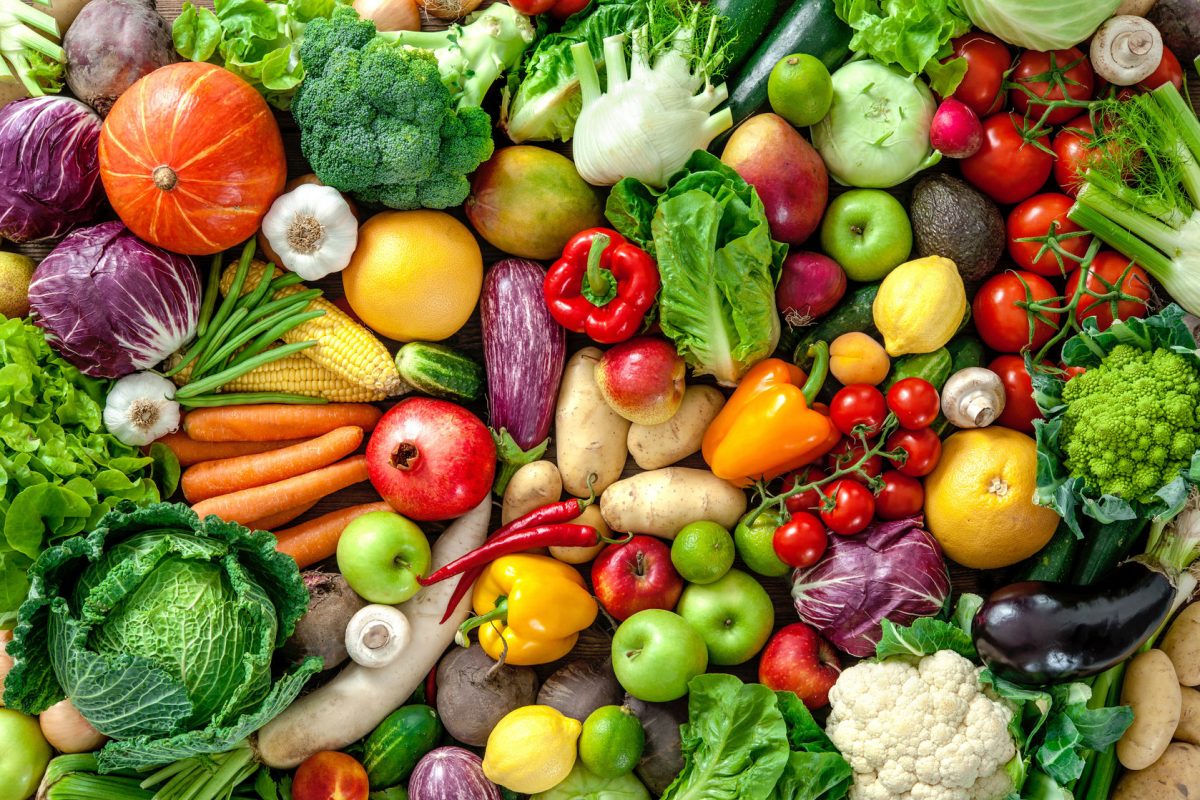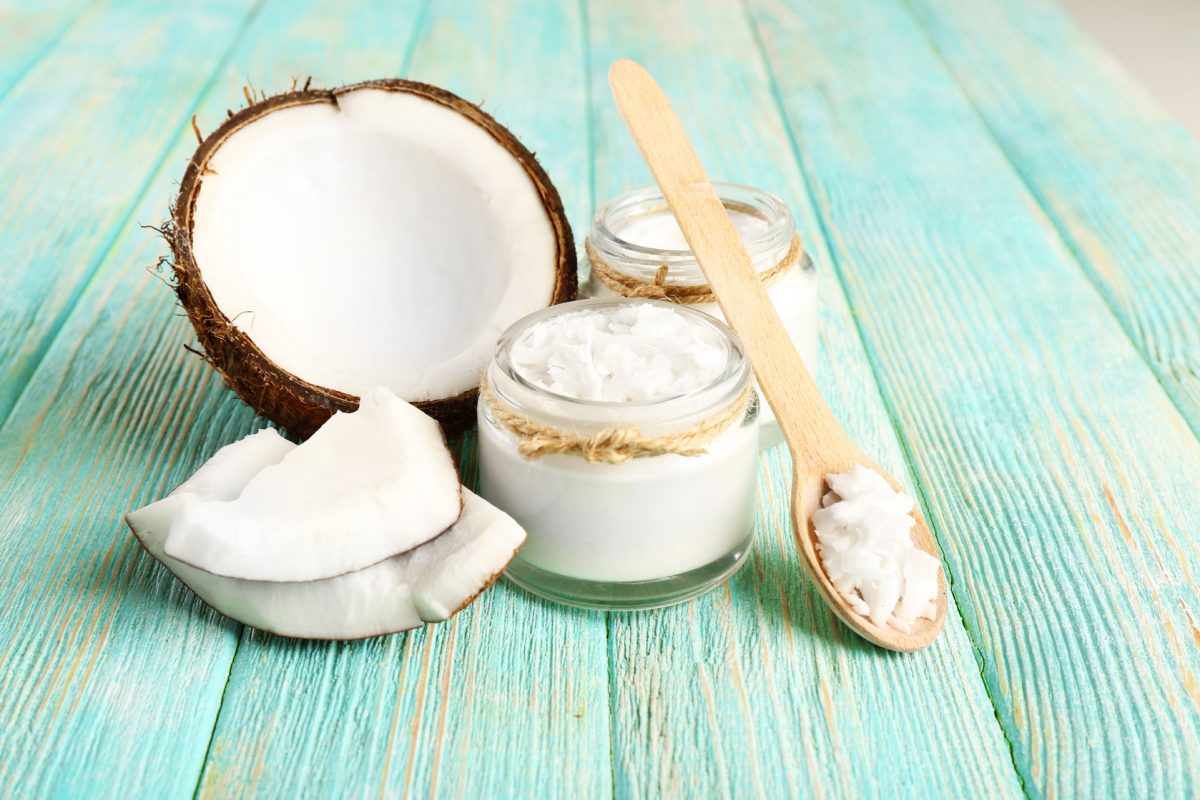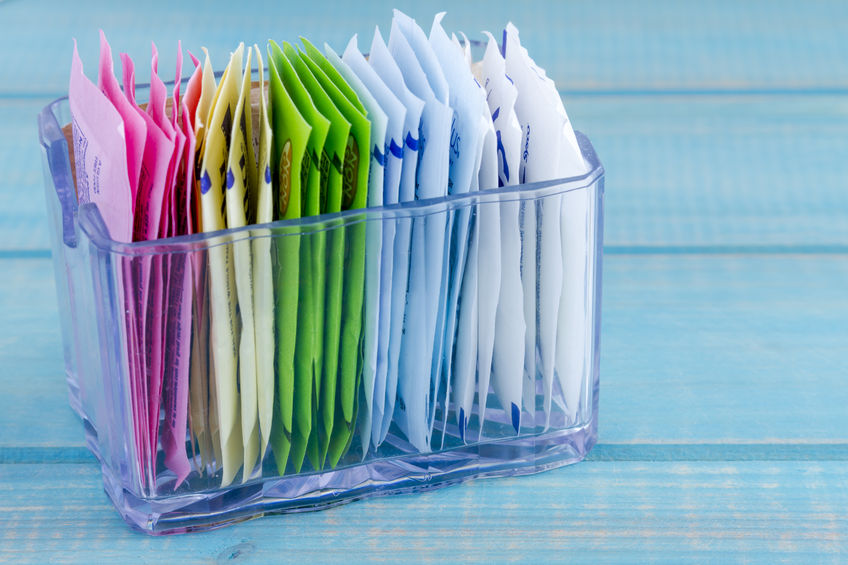Let’s finally put an end to the debate of raw vs. cooked.
Of course, in the grand scheme of a well-balanced, nutrient-dense, varied, whole foods diet, the cooked vs. raw debate isn’t that critical for most people.
Where this can become a consideration is for vitamin and mineral deficiencies (or “insufficiencies”). These may be due to digestion or absorption issues, or avoidance of certain foods (due to allergies, intolerances, or choice).
And I’ll tell you that the answer isn’t as simple as “raw is always better” or “cooked is always better.” As with most nutrition science, it depends on several factors. Some vitamins are destroyed in cooking, while others become easier to absorb (a.k.a. more “bioavailable”).
You’re in the right place! Here’s the low down on vitamins and minerals in raw foods versus cooked foods.
Foods to eat raw
As a general rule, water soluble nutrients, like vitamin C and the B vitamins, found mostly in fruits and vegetables, are best eaten raw.
The reason why is two-fold.
First, when these nutrients are heated, they tend to degrade; this is from any heat, be it steaming, boiling, roasting, or frying. Vitamin C and the B vitamins are a bit more “delicate” and susceptible to heat than many other nutrients.
Of course, the obvious way to combat these nutrient losses is to eat foods high vitamin C and B vitamins in their raw form (like in an awesome salad) or to cook them for as short a time as possible (like quickly steaming or blanching).
Fun fact: Raw spinach can contain three times the amount of vitamin C as cooked spinach.
The second reason why foods high in vitamin C and the B vitamins are best eaten raw is that they’re water soluble. So, guess where the vitamins go when they’re cooked in water? Yes, they’re dissolved right into the water; this is particularly true for fruits and veggies that are boiled and poached but even for foods that steamed as well.
Of course, if you’re a savvy health nut, you’ll probably keep that liquid to use in your next soup or sauce to preserve those nutrients that are left after cooking. Just don’t overheat it or you may lose what you were aiming to keep.
But, how much loss are we talking about? Well, of course, it ranges but can go from as low as 15%, up to over 50%.
In short, the water-soluble vitamins like vitamin C and the B vitamins degrade with heat and some of what’s left over after they’re heated dissolves into the cooking water. So be sure to cook your fruits and veggies as little as possible, and keep that cooking water to use in your next recipe.
Soaking nuts and seeds
Regarding raw nuts and seeds, it may be beneficial to soak them. Soaking nuts and seeds (for several hours at room temperature) allows some of the minerals to become “unlocked” from their chemical structure, so they’re more absorbable.
This is simple – put your nuts/seeds in a bowl and cover with water. Leave them in your fridge over night to soak. They’ll be ready to eat in the morning. I suggest doing this with a small quantity of nuts/seeds at a time – soak what you plan to use the next day.
Foods to eat cooked
Cooking certain orange and red “beta-carotene rich” veggies (e.g. tomatoes, carrots, & sweet potatoes) can help make this pre-vitamin A compound more absorbable.
Fun fact: One study found that absorption of beta-carotene was 6.5 times greater in stir-fried carrots than in raw carrots!
Of course, eating your fat-soluble vitamins with a bit of fat will help you to absorb more of them, so that’s one factor to consider.
One vegetable that’s best eaten both raw and cooked
Spinach!
And I’m not just saying this to get everyone to eat it any way possible (although, I would love for this to happen…unless you’re allergic, of course).
Spinach contains so many beneficial compounds that it’s great eaten both raw and cooked.
Eating raw spinach preserves the water-soluble vitamins C & the B vitamins.
Eating spinach cooked allows the pre-vitamin A, as well as some of the minerals like iron to be better absorbed. Not to mention how much spinach reduces in size when it’s cooked, so it’s easier to eat way more cooked spinach than raw spinach.
Note: If you have issues (or suspect issues) with your thyroid, it’s best to eat spinach cooked.
Conclusion:
The old nutrition philosophy of making sure you get a lot of nutrient-dense whole foods into your diet holds true. Feel free to mix up how you eat them, whether you prefer raw or cooked just make sure you eat them.
Recipe: Sautéed Spinach

Serves 4
2 teaspoons coconut oil
2 cloves garlic
1 bag baby spinach leaves
1 dash salt
1 dash black pepper
Fresh lemon
- In a large cast iron pan heat coconut oil.
- Add garlic and sauté for 1 minute.
- Add spinach, salt, pepper and toss with garlic and oil.
- Cover pan and cook on low for about 2 minutes.
- Sauté cook spinach for another minute, stirring frequently, until all the spinach is wilted.
- Squeeze fresh lemon juice on top.
Serving suggestion: Crack an egg in the pan with your spinach when it’s just about cooked to add protein to your greens for a quick meal.
Tip: Enjoying the cooked spinach with the vitamin C in the “raw” lemon juice helps your body absorb more of the iron.
References:
https://authoritynutrition.com/cooking-nutrient-content/
https://authoritynutrition.com/cooking-nutrient-content/
http://www.precisionnutrition.com/10-ways-to-get-the-most-nutrients








